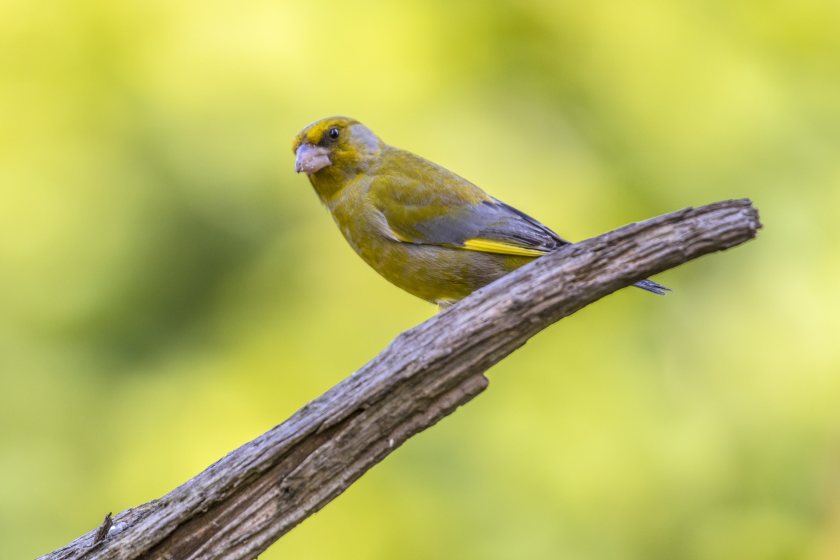
Farmer-led conservation efforts are proving their worth, with the 2025 Big Farmland Bird Count revealing hundreds of thousands of birds thriving on UK farmland.
The annual initiative recorded 358,913 birds across 699,869 acres of farmland in February, with the help of 1,369 farmers and land managers.
Though overall numbers of some red-listed species were down—fieldfare by 52%, long-tailed tit by 27%, and curlew by 25%—there were encouraging increases too.
Sightings of red-listed common gulls more than doubled, up 112%, while kestrel numbers rose by 182%.
Launching this year’s count from his Cotswold Farm Park in Gloucestershire, farmer and TV presenter Adam Henson joined bird expert Andrew Goodall for a walk across the farm’s varied habitats, including hedgerows, grassland, and arable fields.
“It was pleasing to count about 20 redwing flitting through the bushes in search of food,” said Mr Goodall, who conducted a record-breaking 32 surveys for the count.
“The grass fields seemed to be a hotspot, with about 120 starlings, 30 fieldfares, and a mixed flock of lapwing and golden plover feeding among the sheep.”
In total, 145,681 red-listed birds representing 26 species were recorded, with starlings, lapwings, common gulls, linnets, and fieldfares among the most frequently seen.
Of the farms participating in this year’s count, which is organised by the Game & Wildlife Conservation Trust (GWCT), 65% were enrolled in agri-environment schemes.
Nearly half also provided supplementary winter feeding or grew wild bird seed mixes—both options supported under SFI and designed to help farmland birds through the leaner months.
Roger Draycott, GWCT’s director of advisory and education, said: “We were delighted by the number of farmers across the UK who entered the BFBC this year, demonstrating a strong engagement with the wildlife on their farms.
"Our farmland birds continue to decline nationally and we will only reverse that trend if farmers, who manage 72% of the UK’s countryside, are encouraged and properly funded to implement conservation measures.”
Dr Draycott welcomed the government’s commitment to funding SFI until 2029, announced in the recent Spending Review, but warned that urgent clarity is needed for farms currently in Countryside Stewardship agreements, many of which are due to expire at the end of this year.
“Thousands of hectares of valuable habitat could be lost unless government provides urgent reassurance that SFI will be available to them next year,” he said.
He encouraged more farmers to take part in next year’s bird count, adding: “To ensure further investment, we need to demonstrate these schemes are delivering value for public money. The BFBC is one powerful way of doing just that.”
